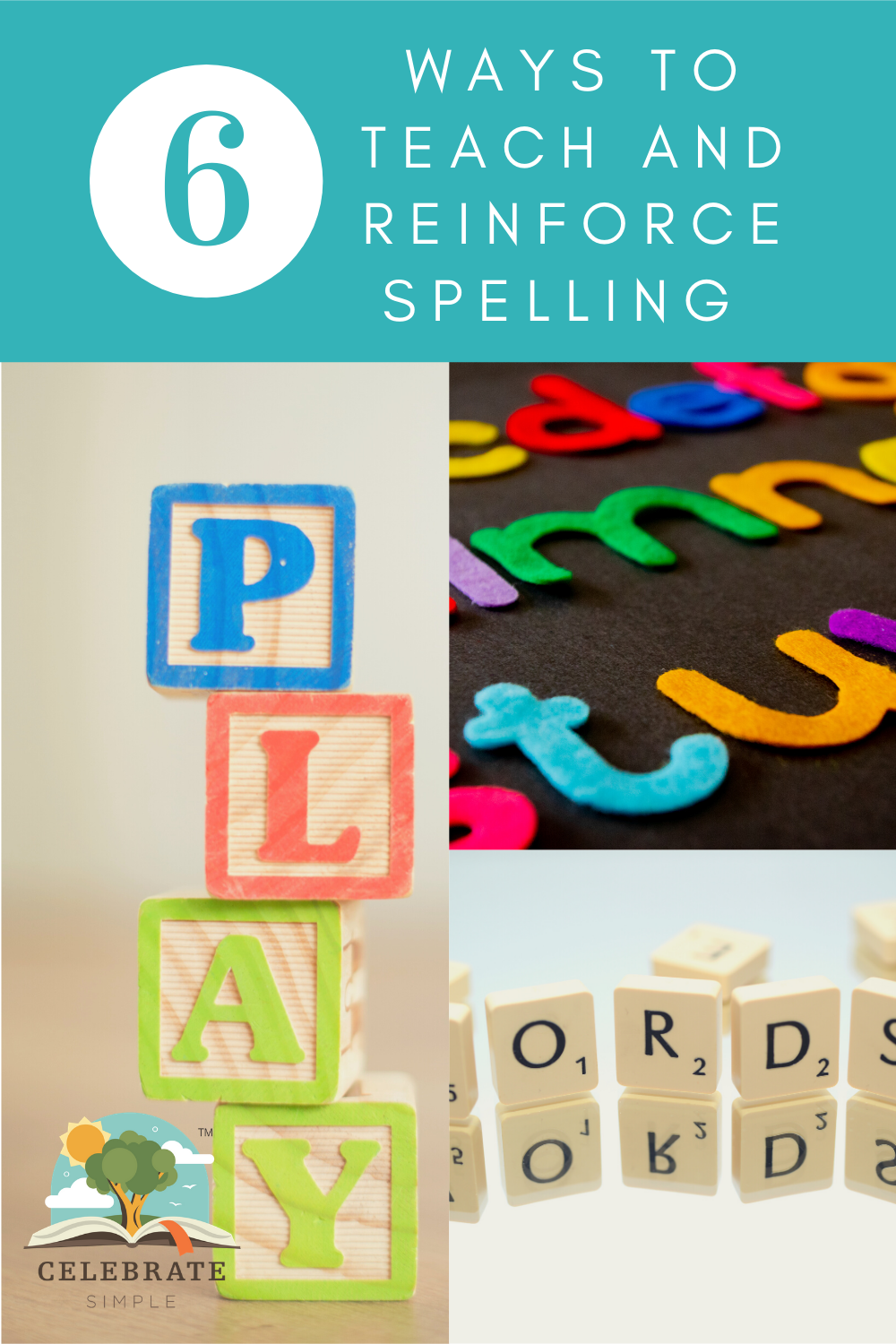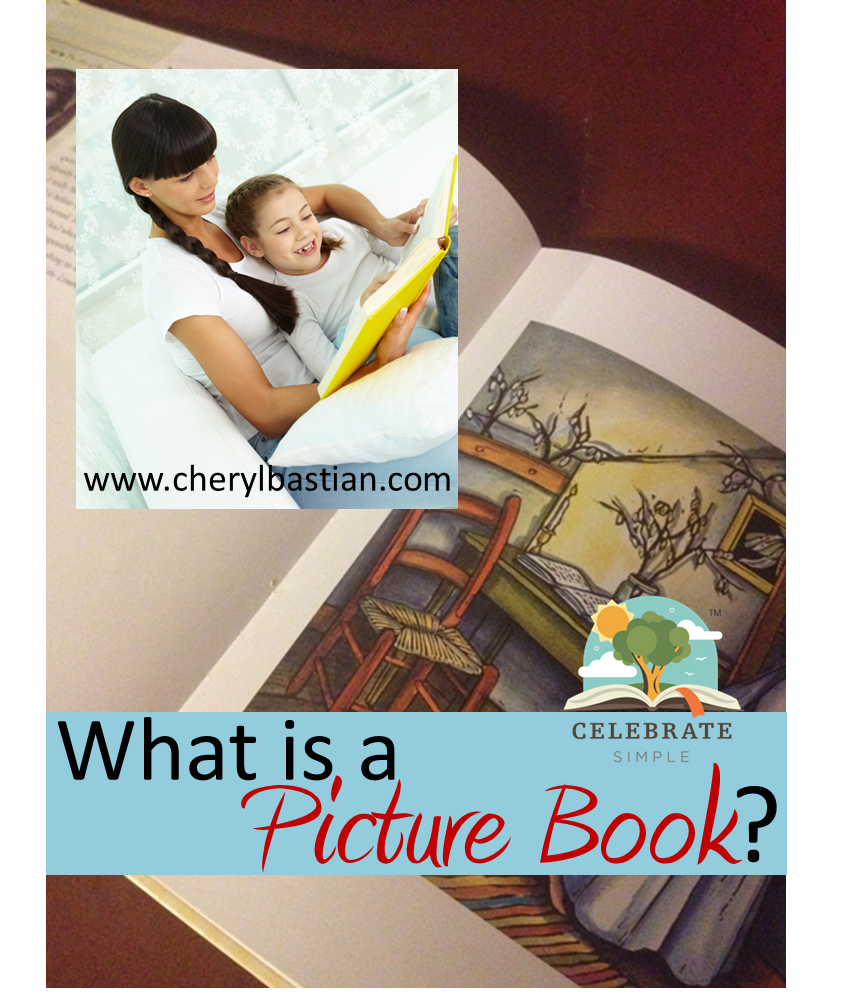Question this week—
My child is devouring books. How can I make sure he or she is comprehending what is being read?
Children are like us.
They want someone to take interest and engage in what they are doing, whether they are learning to ride a two-wheeled bike or cheering on their teammates. The same is true when they’re reading a book. There’s something to be noticed, something to learn, something to communicate—it could be the details of the book, or it may be how the reader is feeling or what the book is teaching as it is read. This is reading comprehension.
Reading comprehension can be evaluated in several ways. Most often. people think of reading comprehension as a worksheet of multiple choice questions or a short essay test. For others, it may be a culminating activity to celebrate the completion of the last chapter. However, there’s another option. The reader might want to talk to someone about what’s being read. Often this is the favorite means of determining what level of comprehension is being achieved. It's what I call relational reading comprehension. This method focuses on the reader and the unique perspective or value he or she gained from the selection. These aspects of comprehension are often the most valuable takeaways, yet are the least likely to be sought out.
This method of reading comprehension—a discussion—is more beneficial than most paper and pencil activities.
Here are 20 questions (and a few activities) you can use to check the reading comprehension, orally. Not all these questions will be needed for every book or every reader. Choose the ones you feel are most appropriate for the reading and the reader. The bonus is the child feels like what he or she is doing is important. That matters.
Questions
Where and when does this story take place?
Who is the main character of the book?
Are there any other characters or signifcant figures?
How did the main character relate to the characters?
Does the author help the reader get to “know” the characters? How does he or she accomplish this?
What problem is the main character trying to solve?
How did the main character handle his or her conflict?
What decisions did the main character have to make?
Would you make the same decision? Why or why not?
What do you admire about the main character?
Would you agree with the choices the main character made? Why or why not?
Who is the antagonist?
Does the plot move slowly or quickly?
What keeps you engaged in the plot?
This book you are reading is really interesting. Thank you for telling me about it since I don’t have time to read it. What happened in the plot today?
Were you able to predict how the chapter would end?
Did you learn anything new from this chapter/book?
If you were to recommend this book to a friend, what would you say?
What would you say was the author’s purpose in writing this book?
How would you compare this book with others you read?
Activities
Talk about who the main character is and the decisions he or she has to make.
Draw a picture of the main character, or other character of interest.
Draw a picture of a scene in the book.
Create a new cover for the book.
Write a different ending to the book.
Make a diorama of a scene from the story.
Reading comprehension is important, but the deepening of a relationship is even more important. Sometimes it is easy for us to be hyper-focused on the task or outcomes that we forget there are people involved in the learning process. Our children matter—how they process, what they think, how they internalize what they are learning, and who they are becoming. Reading comprehension is an important skill, no doubt, but let’s not forget the individual processing what’s being read.
Years ago, about eight years into homeschooling, I was doing what I thought to be the “school” thing with comprehension. In addition, I was taking vocabulary and spelling from the content. All effective. All necessary. But with EVERY book? In the midst of “school” that day, my learner looked at me, inquisitive yet with a partial frown. “Do we have to dissect EVERY book I read? I really just want to read this for my enjoyment and not have to stop at every chapter or look up every word.” Genius! I was implementing good educational ideas but destroying the enjoyment of reading. Hmmm? Those words have resonated in my mind to this day, eighteen years later.
There’s balance. Everything is learning, not everything has to be “school”. And, there’s a person in the midst of it all—a person with hopes, interests, and curiosity. I want that person to thrive, not just process through the hoops of evaluative measures.












































